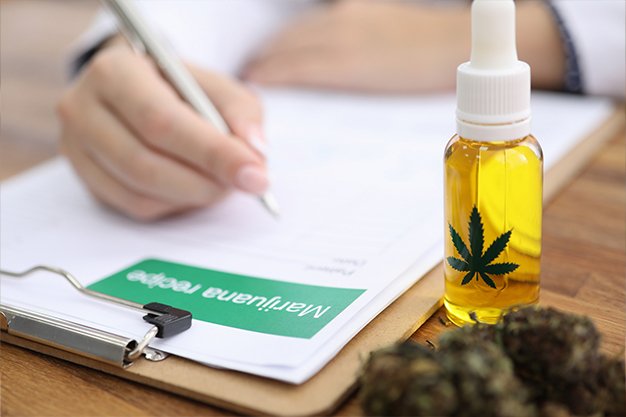
How to Read CBD Labels: A Guide for Consumers
Cannabinoid, CBD, has been so effective in curing many health disorders such as chronic pain, neurological issues, mental illness, etc. To get the most out of CBD products and to choose the right one, one must read and understand the CBD labels.
Reading and understanding the labels has become more important since the FDA has prohibited the regulation of non-prescriptive CBD.
So, it would be wise for consumers to conduct their own research or depend on third-party testing to find the right CBD product.
No worries if you’re new to CBD consumption or struggling to make sense of the terminologies of labels. Here we have a well-curated guide that will clear all your confusions.

Tips to Read CBD Label
Once you have made up your mind on which CBD to consume, the next step is to thoroughly understand CBD labels and packaging.
Look For CBD
To get the actual worth of each penny, check if the product actually contains CBD or cannabinoids.
Only CBD or Hemp Extract
Note that some products will replace CBD with hemp extract, which is the same thing. This is due to ever-changing laws and regulations. But, instead of CBD or hemp extract if the product only lists hemp seed oil, hemp seeds, or cannabis sativa seed oil, stop yourself from getting fooled. These aren’t the same thing.
Avoid Allergic Ingredients
Look closely at the label for something you are allergic to.
Check the Inclusion of a Carrier Oil
In case you are going to use CBD oil, it is possible that the label will mention a carrier oil to preserve and stabilize the CBD and help your body absorb it. So, one of the key ingredients of the product may include MCT oil, grapeseed oil, olive oil, or even cold-pressed hemp seed oil.
Flavoring and Coloring is Okay
A CBD oil or edible might include artificial or natural color or flavor.
THC % Matters
Ensure that the THC percentage in the product meets your demands, if you are purchasing a full-spectrum product.
Compounds under COA
If you plan to buy a broad or full spectrum product, the label may mention terpenes and cannabinoids. These are often included in the COA (Certificate of Analysis), which you’ll learn about in the next section.

Some CBD Ingredients You Must Avoid
It is important that individuals check for harmful elements in the product. A common list of CBD ingredients to avoid includes the following
- 5F-ADB, an illegal chemical that copies THC and is possibly addictive
- Dextromethorphan, an ingredient in cough medicines
- Heavy metals, such as lead and arsenic
- Pesticides
- Mold
- Bacteria
- Fungi
How Third-Party Conducts CBD Testing
A well-known CBD product will mention COA. This simply means a third party, that doesn’t have a stake in the market, has tested the product.
It is likely that you will find COA when you scan the QR code with your smartphone to make a purchase. Many product retailers or websites provide COA.
If it is not available, simply send an email to the company and ask for it. At first, it may look like a bunch of gobbledygook, but you are searching for a few key factors:
Labelling Accuracy:
First, confirm that the COA's CBD and THC concentrations correspond to those listed on the product label. With CBD products, inaccurate labeling is a common problem. According to one survey, only roughly 31% of products have proper labels. Following an analysis of 84 CBD products that were offered online, researchers discovered that roughly 43% of them had a higher percentage of CBD than what was advertised, and roughly 26% had a lower concentration.
Cannabinoid Profile
Search for a list of cannabinoids and other compounds if your product is full or broad spectrum. Cannabinoids like cannabinol (CBN), cannabidiolic acid (CBDA), cannabichromene (CBC), and cannabigerol (CBG) should be on the list.
Additional Lab Charts
Furthermore, look for pesticide and heavy-metal analysis. This way you can ensure if a certain contaminant is found at all, and if so, if it’s not crossing the safety limit for ingestion. Take a quick look at the status column and make sure it remarks “okay” or “pass”.
The Bottom Line
After reading this guide to CBD labeling, you can confidently browse products and select the one that best suits your needs.
Keep in mind that a CBD product is usually not worth purchasing if the seller makes exaggerated promises about its capabilities or if it lacks independent testing. Before attempting more of a new product, always start with a tiny dose to see how you react. To gain more information or clear any doubt regarding CBD products, it is highly recommended that you click here.
- No Comments
- April 14, 2025
